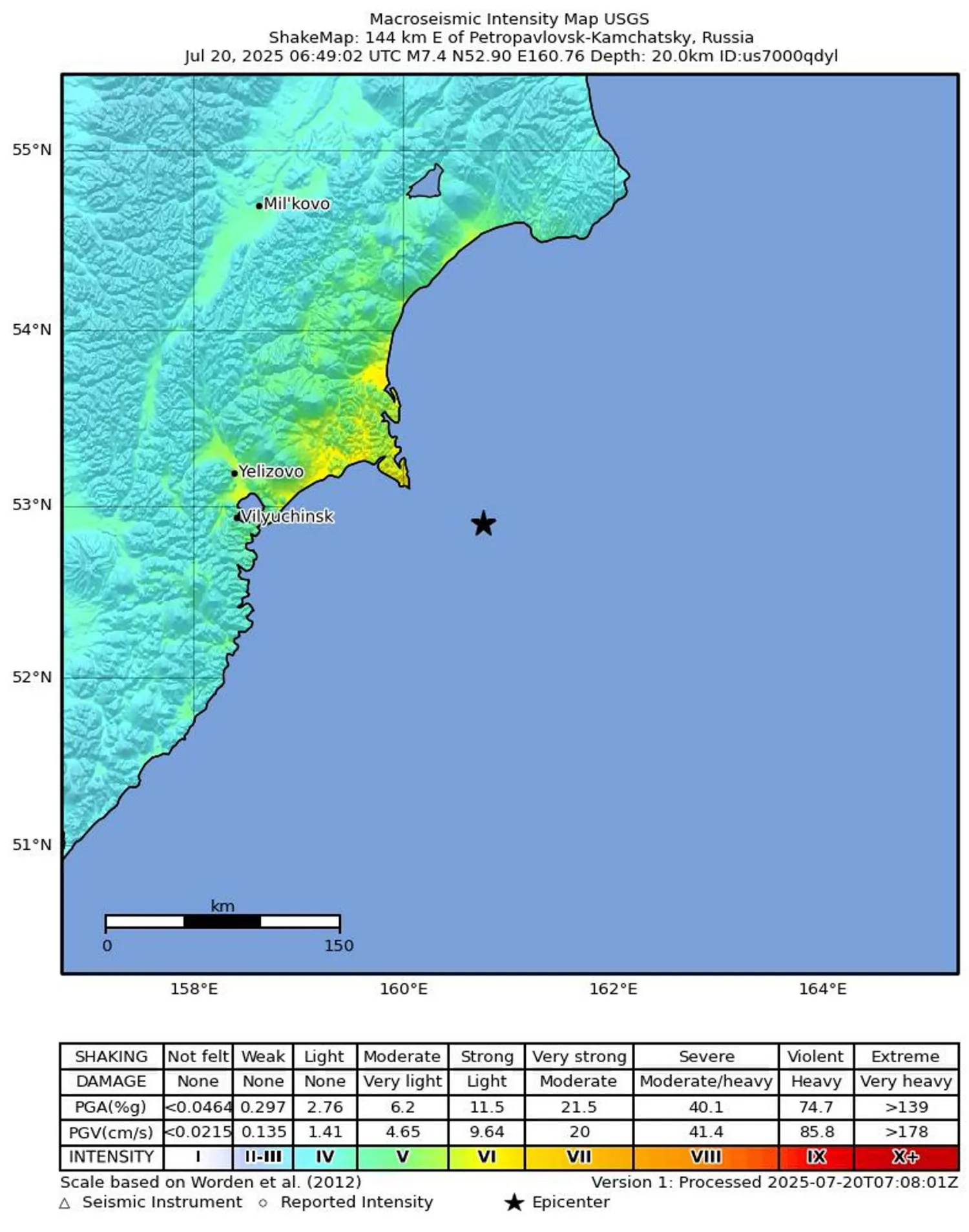Talks between Iran and the United States over Tehran's rapidly advancing nuclear program are “in a very crucial” stage, the head of the United Nations' nuclear watchdog said Thursday while on a visit to Tehran.
The comments by Rafael Mariano Grossi of the International Atomic Energy Agency in Iran included an acknowledgment his agency likely would be key in verifying compliance by Iran should a deal be reached. Iran and the US will meet again Saturday in Rome for a new round of talks after last weekend's first meeting in Oman, The AP news reported.
The stakes of the negotiations Saturday and the wider geopolitical tensions in the Mideast couldn't be higher, particularly as the Israel-Hamas war rages on in the Gaza Strip.
US President Donald Trump repeatedly has threatened to unleash airstrikes targeting Iran’s nuclear program if a deal isn’t reached. Iranian officials increasingly warn that they could pursue a nuclear weapon with their stockpile of uranium enriched to near weapons-grade levels.
Grossi visits during ‘crucial’ Iran-US talks Grossi arrived in Iran on Wednesday night and met with Iranian Foreign Minister Abbas Araghchi, who now is in Moscow for separate talks likely over the negotiations. On Thursday, Grossi met with Mohammad Eslami, the head of the Atomic Energy Organization of Iran, then later toured a hall featuring some of Iran's civilian nuclear projects.
“We know that we are in a very crucial, I would say, stage of this important negotiation, so I want to concentrate on the positive,” Grossi told Iranian media. “There is a possibility of a good outcome. Nothing is guaranteed. We need to make sure that we put all of the elements in place ... in order to get to this agreement."
He added: “We know we don't have much time. So this is why I'm here. This is why I'm in contact with the United States as well.”
Asked about Trump's threats to attack Iran, Grossi urged people to “concentrate on our objective.”
“Once we get to our objective, all of these things will evaporate because there will be no reason for concern,” he said.
For his part, Eslami said Iran expected the IAEA to “maintain impartiality and act professionally,” a report from the state-run IRNA news agency said.
Since the nuclear deal’s collapse in 2018 with Trump’s unilateral withdrawal of the US from the accord, Iran has abandoned all limits on its program, and enriches uranium to up to 60% purity — near weapons-grade levels of 90%.
Surveillance cameras installed by the IAEA have been disrupted, while Iran has barred some of the Vienna-based agency’s most experienced inspectors. Iranian officials also have increasingly threatened that they could pursue atomic weapons, something the West and the IAEA have been worried about for years since Tehran abandoned an organized weapons program in 2003.
Despite tensions between Iran and the agency, its access has not been entirely revoked.







